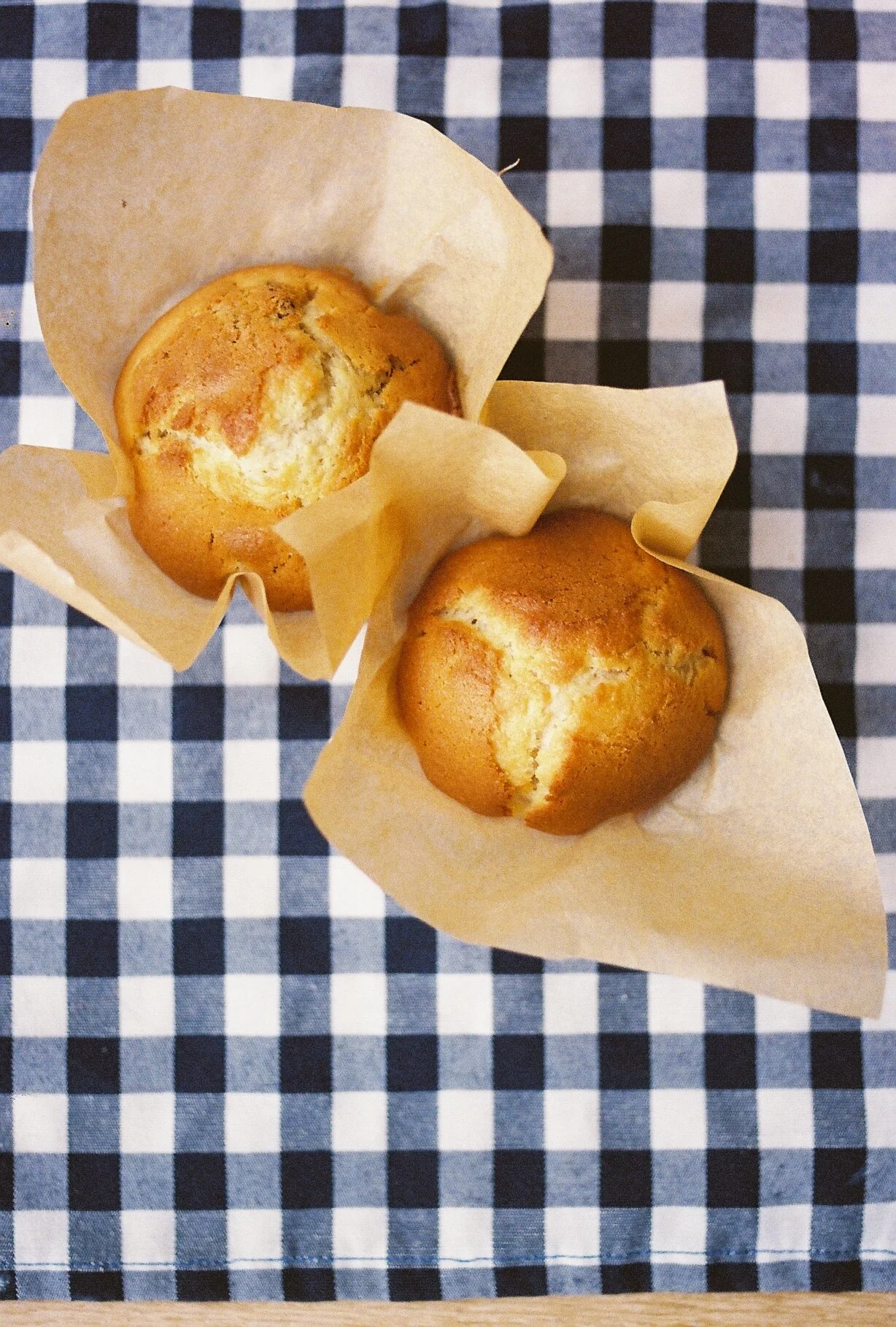Born: New York, USA, 1949
Mother tongue: American English
Grandchildren: Lindsay, Teagan, Arden, Gaspar
They call her: Jeune Tish
The secret of good salad dressing is mixing. You should mix your dressing really well before it goes on, rather than dress with each individual ingredient at the end. I like to make a mix of my dressing in advance of it all going on – except the salt. I love the jammy part of this dressing at the end, when it all comes out. It’s just a little treat on this very healthy dish. Then I salt at the very end because it gets lost if it goes in with the dressing.
I love farmers’ markets and eating organic. It’s one of the beautiful things about living in Los Angeles, this access we have to such good produce. I like to eat well and it’s important to me to have wholesome ingredients. I also use filtered water to cook with because you know water has lead and chlorine in it?
When I grew up, the big sort of appetiser of the 1950s and 60s was this grapefruit and avocado in a shrimp cocktail dish. Fruit would feature a lot in our salads and savoury dishes. My mother would throw these Jackie Kennedy-type cocktail parties with a swanky New York crowd.
My family’s a little scandalous. My dad started a lingerie company that changed the American underwear industry. I grew up very snobby on Park Avenue. Went to an all-girls’ school. I was a debutante with Tricia Nixon. It was a sort of ‘coming out’ party where you’re introduced into society. We call it a ‘cotillion’. I hated it. I was very chubby and I found it extremely hard. I was so angry about being forced to do it.
And you know, when they fall, they fall hard. After that I became a renegade hippie. I worked on Broadway as an actor. I lived in London in the late 60s. It was this extraordinary era to be young. I was really in it. That’s when I started photographing. I worked with David Bailey. It was the Biba era, and he photographed me.
I actually first came to California on a whim to visit a friend of mine, and she was a photographer and I had 90 rolls of film, so I came here to stay with her. This sort of hippie life appealed to me at that time. I guess it was me rebelling against everything I had been raised into. This sort of privileged New York scene. I wanted something different for myself.
I’ve done all sorts. I was an actor. When I lived in London I worked in opera. I did ski photography. I started photographing in 1967 for the London Evening Standard. I went to the Democratic Republic of the Congo to be with rebel soldiers to take photographs of lowland gorilla, who are now unfortunately being poached. I won awards for those. I became friends with those gorillas. I had a King Kong experience. Now I’m a screenwriter too.
A big part of my life has been documenting protest and human-rights issues. I work as a documentary photographer for the United Nations, the Conflict Awareness Project and the United States Veterans Alliance. In the last few years I’ve been really focused on activism that’s been borne of this huge wave of unrest here in the States.
I’m doing a book of all my protest photography, charting social-change movements that have been all over the news in the past years. I’ve been at all of these protests, in the crowd with the people. It’s so important to stand for what we believe in. The stuff going on in the country really is disgusting. I’ve been there at protests for the fight for women’s rights and gender equality, immigration rights, civil liberties, gun violence, and the environment. The least I can do is document our resistance to all of this injustice and share that with the world through my photography. I even have a podcast. I guess I do quite a lot. I’ve always had a busy, chaotic and unpredictable life. That’s just life.













